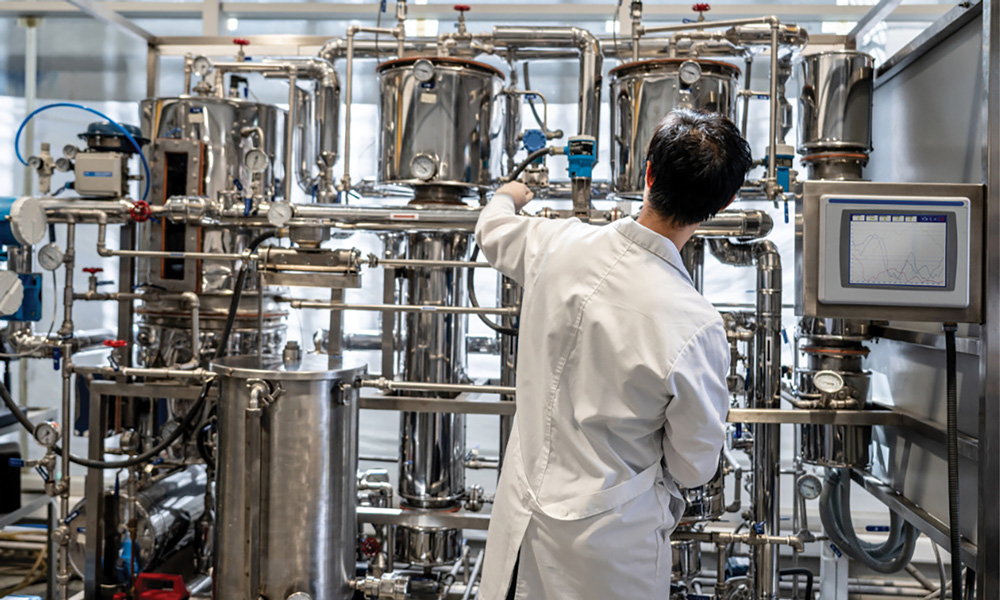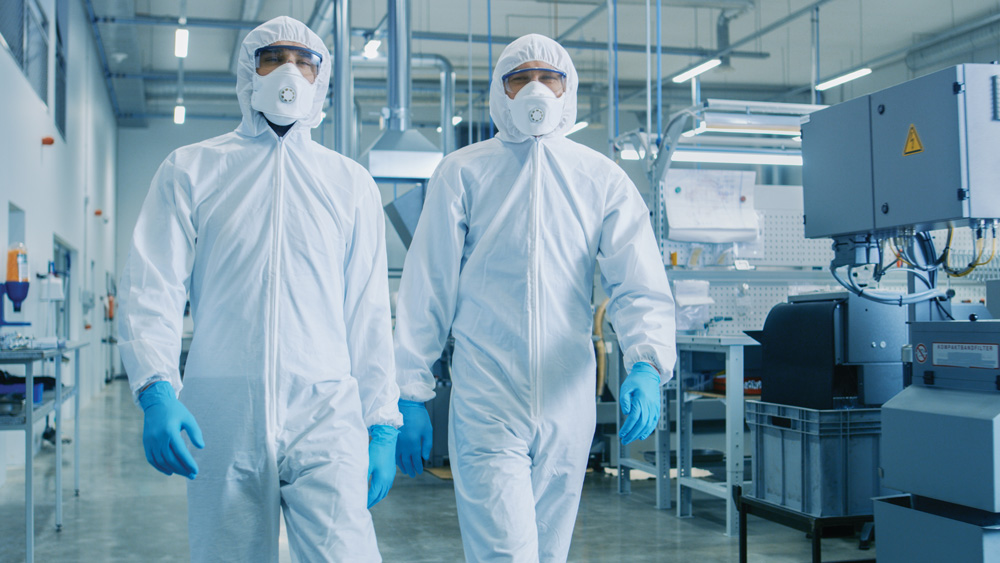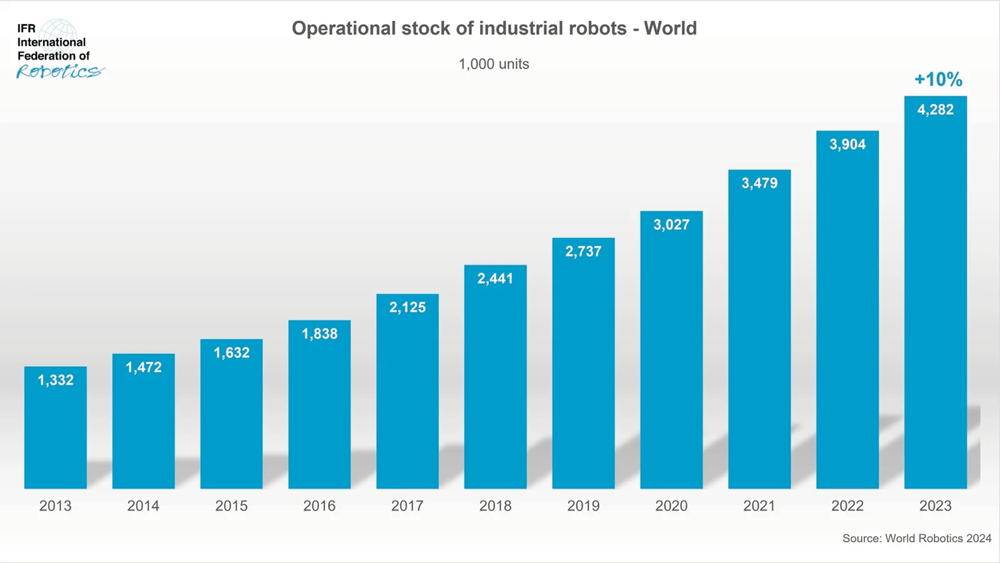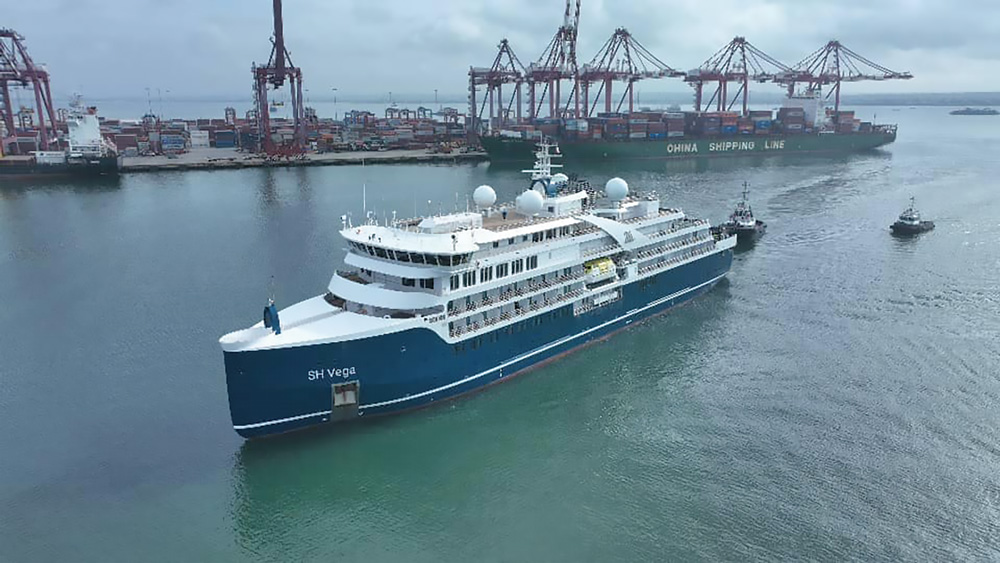Capacity Expansion in Congo
The Pointe-Noire port located in the Republic of the Congo will soon receive a $438 million investment to construct a new East Mole port terminal and create 900 new jobs. “The construction of the East Mole is a joint project of the Port Autonome de Pointe-Noire and Congo Terminal to increase the nautical and operational capacities of the Pointe-Noire container terminal, in order to anticipate the new needs of users of the Port of Pointe-Noire and shipping lines that will be able to ship in their largest vessels,” says Congo Terminal Managing Director Anthony Samzun. By 2027, the company will introduce the new terminal fit with 750 meters (2,460 ft.) of quays with a depth of 17 meters (55 ft.), featuring 64 acres of quayside and 16 fully electric gantries. The project will allow the port to cater to larger capacity vessels from Asia, India and Europe and handle more than 2.3 million twenty-foot equivalent containers per year.

Cauldron Ferm has plans for future investments like the Cauldron Bio-fab globally moving forward.
Photo courtesy of Cauldron Ferm
Queensland Steps In
In support of bringing the largest precision-fermented bioproducts facility in the Asia-Pacific region to Australia’s coastal town of Mackay, the Queensland Government will deliver vital funding. Through the state’s Industry Partnership Program, it will provide New South Wales–based Cauldron Ferm financial assistance and facilitation toward the construction of the Cauldron Bio-fab. The plant will carry a 500,000-liter fermentation capacity, whose inputs will be used for food, biofuel, beauty items and more. The company has said the first-of-its-kind facility will be critical for national resilience and addressing issues like food insecurity, decarbonization and a domestic supply chain. Australian national science agency CSIRO says precision-fermented products are part of the nation’s National Protein Roadmap that “highlights an extra [AU]$13 billion opportunity for Australia to meet protein demand by 2030.”

Kokusai Electric Corporation unveiled a second semiconductor equipment manufacturing center in Japan.
Photo: Getty Images
Centered for Semiconductor Success
In October 2024, Tokyo-based Kokusai Electric Corporation opened the doors to its new Tonami Manufacturing Center in the Toyama Prefecture. The facility represents the company’s second location in Japan, following its Toyama Technology & Manufacturing Center in Toyama City just 35 minutes from the city of Tonami. The new center will double Kokusai’s current semiconductor equipment production capacity while using advanced production technologies to increase efficiency and reducing workloads. It will be the main operations site for products such as deposition process equipment and treatment process equipment.

“The new World Robotics statistics show an all-time high in the number of industrial robots automating production around the world. The annual installation figure of 541,302 units in 2023 is the second highest in history. It is only 2% lower than the record of 552,946 units installed in 2022.”
— International Federation of Robotics President Marina Bill in noting that robotic installation reached over 4.2 million in 2024

Avaada’s project aims to support India’s future energy transition.
Photo: Getty Images
India’s Solar Boost
An investment that will soon aid India in cutting carbon emissions by 50% by 2030 has been made at the Addl. Butibori Industrial Park in the city of Nagpur. Located in the western state of Maharashtra, the $1.5 billion manufacturing facility from leading renewable energy group Avaada looks to fulfill the needs of the entire solar value chain. The company will produce batteries, electrolyzers, PV cells and modules and ingot-wafer among other items such as module glass and frames. The first phase of the project will introduce a Wafer-to-Module project with a capacity of 5 Gigawatts (GW) for solar cells and 3 GW for modules. As Avaada looks to fill 6,000 new roles, the company will partner with local Industrial Training Institutes and other workforce development organizations to boost the regional workforce’s industry skills.

